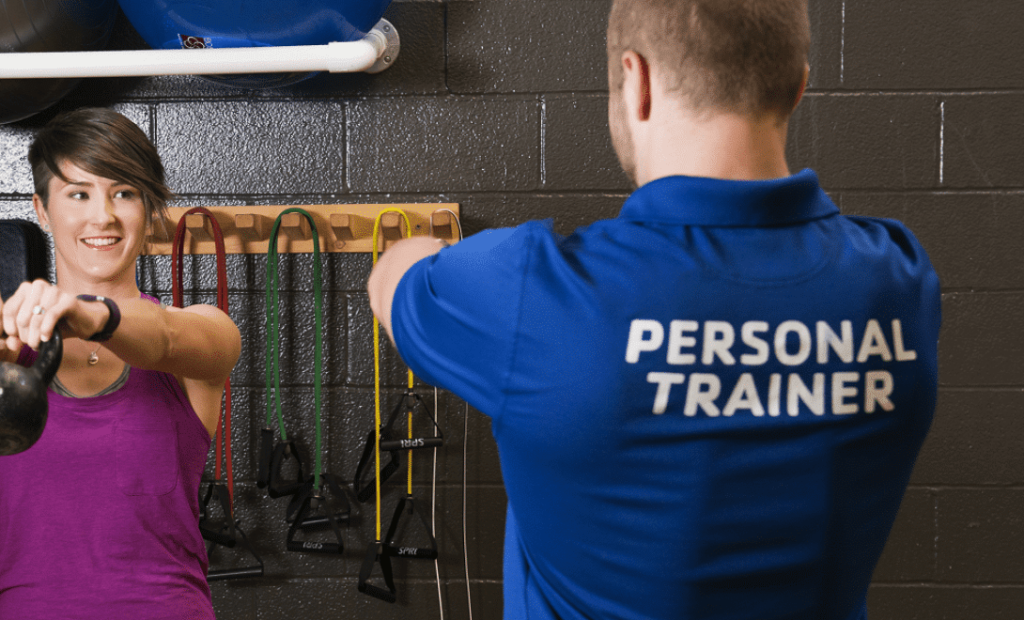Personal Training Questionnaire for New Clients: Unlocking the Key to Personalized Fitness

As a personal trainer, your primary goal is to help your clients achieve their health and fitness objectives safely and effectively. To do so, you must gather essential information about their current fitness level, medical history, lifestyle habits, and specific goals. This is where a well-designed personal training questionnaire for new clients comes into play. In this article, we’ll explore the importance of using a questionnaire, the key components to include, and how to utilize the information to create personalized fitness programs that drive results.
The Importance of a Personal Training Questionnaire
A personal training questionnaire is a valuable tool for several reasons:
- Gathering Essential Information: A questionnaire allows you to collect crucial data about your client’s health status, exercise history, and personal goals, which forms the foundation of your training approach.
- Identifying Potential Risks: By asking about medical conditions, injuries, and medications, you can identify any potential risks or limitations that may impact your client’s ability to exercise safely.
- Establishing a Baseline: The information gathered in the questionnaire serves as a baseline assessment, enabling you to track your client’s progress and make data-driven adjustments to their program.
- Building Rapport: The questionnaire demonstrates your professionalism and dedication to understanding your client’s unique needs, helping to establish trust and rapport from the outset.
- Legal Protection: Having a thorough questionnaire on file can provide legal protection for you and your business by documenting that you have taken the necessary steps to gather health and safety information.
Key Components of a Personal Training Questionnaire
A comprehensive personal training questionnaire should cover the following areas:
- Personal Information: Include questions about your client’s name, age, gender, occupation, and contact details.
- Health and Medical History: Ask about any existing medical conditions, injuries, surgeries, medications, and allergies that may affect your client’s ability to exercise.
- Lifestyle Habits: Inquire about your client’s daily routine, stress levels, sleep patterns, and dietary habits to gain a holistic understanding of their lifestyle.
- Exercise History and Preferences: Ask about your client’s previous exercise experience, current activity levels, and preferences for types of exercise (e.g., cardio, strength training, group classes).
- Goals and Motivation: Have your client describe their primary fitness goals (e.g., weight loss, muscle gain, improved endurance) and what motivates them to achieve these goals.
- Availability and Commitment: Ask about your client’s schedule, available time for exercise, and willingness to commit to a consistent training program.
- Informed Consent: Include a section for your client to acknowledge that they have provided accurate information and consent to participate in a personalized training program.

Utilizing Questionnaire Data to Create Personalized Fitness Programs
Once you have collected the necessary information through your personal training questionnaire, use it to design a tailored fitness program that meets your client’s individual needs and goals:
- Assess Risks and Limitations: Review your client’s health and medical history to identify any conditions or injuries that may require modifications or special considerations in their training program.
- Set Realistic Goals: Use your client’s stated goals and current fitness level to develop a set of realistic, achievable objectives that will guide your training approach.
- Select Appropriate Exercises: Choose exercises that align with your client’s goals, preferences, and any limitations, ensuring that the program is safe, effective, and enjoyable.
- Determine Training Frequency and Duration: Based on your client’s availability and commitment level, establish a training schedule that allows for consistent progress while accommodating their lifestyle.
- Monitor Progress and Adapt: Regularly assess your client’s progress using the baseline data from their questionnaire, and make adjustments to their program as needed to ensure they remain on track to achieve their goals.
Enhancing Your Skills as a Personal Trainer
To effectively utilize personal training questionnaires and create personalized fitness programs, consider investing in your education and professional development. The College of Health and Fitness (COHAF) offers a range of nationally accredited courses, such as the SIS40221 Certificate IV in Fitness, which provides aspiring personal trainers with the knowledge, skills, and practical experience needed to excel in the fitness industry.
By completing a comprehensive personal training course, you’ll gain a deeper understanding of exercise science, program design, client assessment, and communication strategies, enabling you to create highly effective, personalized fitness programs that help your clients achieve their goals.

Truly understanding new clients by using a Personal Training Questionnaire
A well-designed personal training questionnaire for new clients is an essential tool for gathering the information needed to create safe, effective, and personalized fitness programs. By covering key areas such as health history, lifestyle habits, goals, and preferences, you can develop a comprehensive understanding of your client’s unique needs and tailor your approach accordingly.
To enhance your skills as a personal trainer and learn how to effectively utilize questionnaires and design customized programs, consider pursuing a recognized qualification like the SIS40221 Certificate IV in Fitness from COHAF.
Remember, your ability to gather and apply information from personal training questionnaires is a critical component of your success as a fitness professional. By continually refining your skills and staying up-to-date with industry best practices, you can provide the highest level of service to your clients and help them achieve their health and fitness goals.
Thinking about using a Personal Training Questionnaire for New Clients?
If you’re contemplating a career as a personal trainer, then feel free to reach out to our team to discuss your options. The College of Health and Fitness has fitness courses that are suitable and we’re happy to discuss your options.
THE TOP TEN BENEFITS OF BECOMING A PERSONAL TRAINER:
- Helping others achieve their fitness goals
- Flexible work schedule
- Career growth opportunities
- Become your own boss
- Continuous learning and development
- Networking opportunities
- Active and healthy lifestyle
- Emotionally rewarding work
- Variety in the work environment
- Potential for specialisation
